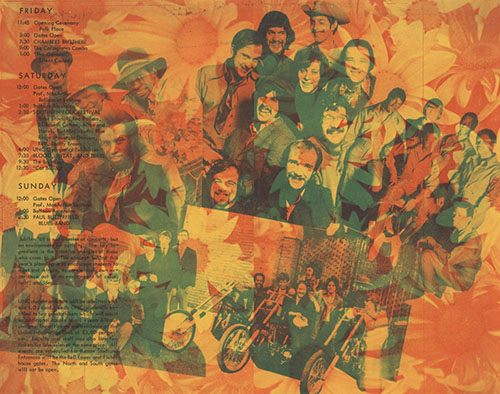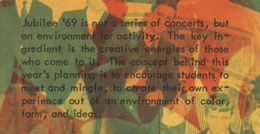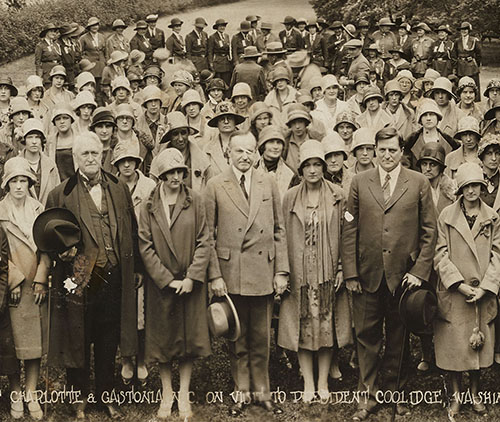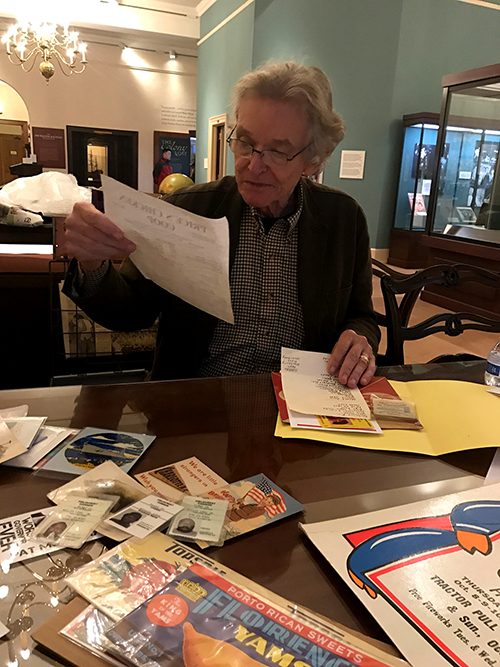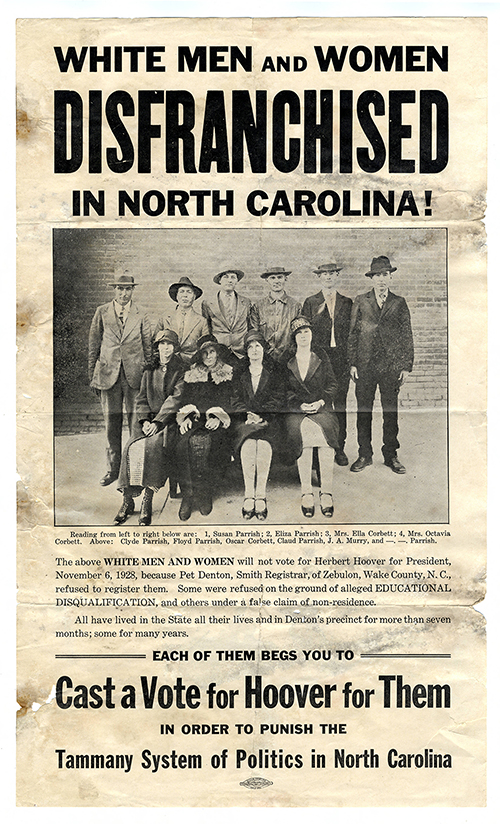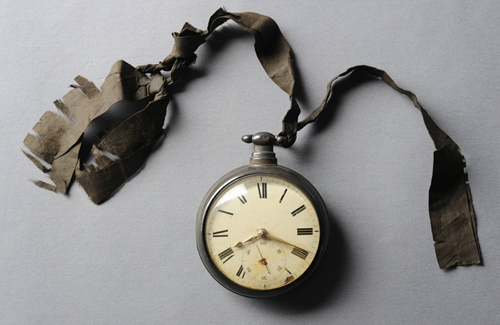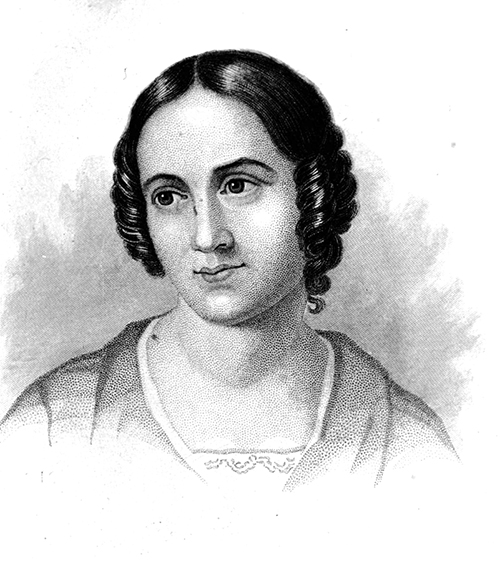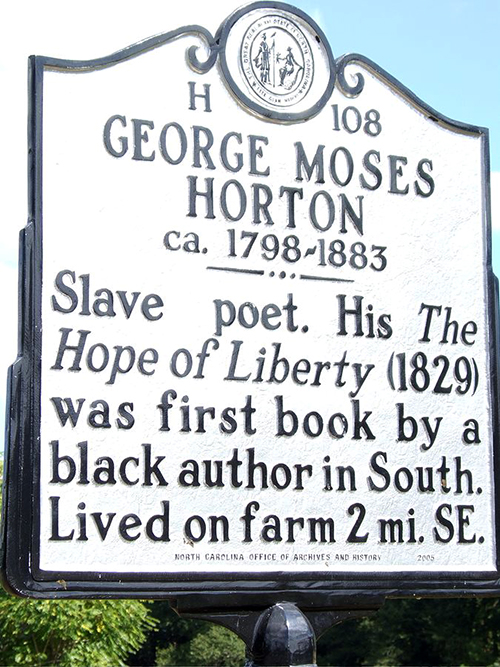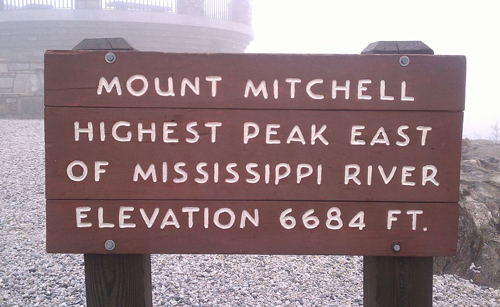This UNC plate — our June Artifact of the Month — has traveled all around the country, three times from coast to coast, and survived a near calamity in 1994. Seventy years after beginning its journey it has come to rest back in Chapel Hill.
The plate was a gift to Charles Gremer and Grace Towery, Class of 1946. The two married four months after graduation and began the peripatetic life of a military family as Charles pursued a career in the Navy.

After transferring from Great Lakes, Illinois to the Brooklyn Naval Shipyard in New York, Charles and Grace visited an aunt named Jenny, who gave them the plate in honor of their status as Tar Heels.
The family kept the plate through many moves and life events, taking it from Staten Island to Norfolk, Virginia, where it stayed during Charles’ time in Korea on the Battleship New Jersey; cross-country to Monterey, California; back across the country to Norfolk; then to Charleston; then San Diego; and finally to Los Angeles, where Charles began civilian life.
In LA, the plate held a place of honor perched atop a grand china cabinet. On January 17, 1994, a 6.7-magnitude earthquake just five miles from the Gremer home sent the plate sailing eight feet to the floor. It barely missed a ceramic tile table and, miraculously, suffered only a chip.
Grace took it to a professional restorer who repaired it and the family returned it to its place on the china cabinet — now with earthquake securing.

Twenty-three years later, Mr. & Mrs. Gremer write, “Now it is time to part ways. Charles and Grace are now moving to a smaller home and the plate is ready for a new home of its own. It has been a good companion with lots of shared memories. But it is a Tar Heel and we know that UNC will welcome.”
We’re pleased to include this storied piece in our collection, and to give it a new home in seismically stable Chapel Hill.


